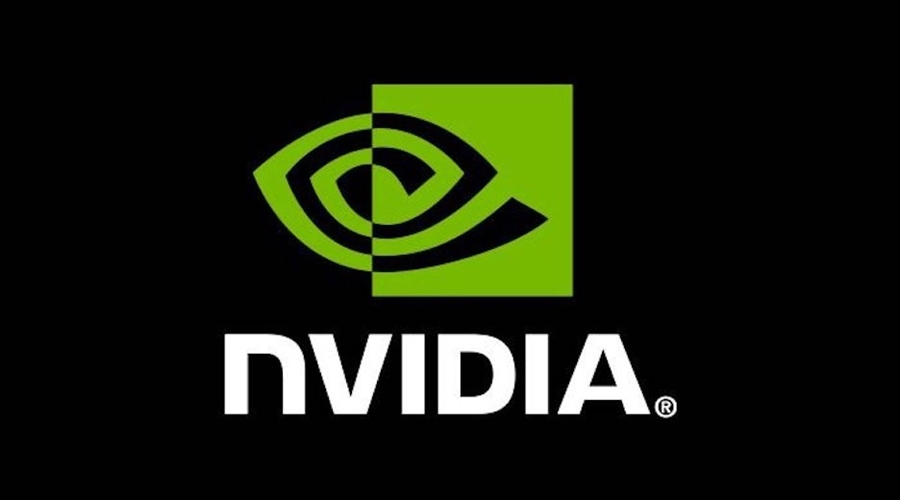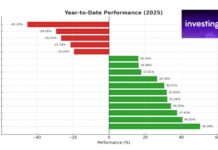Nvidia has made headlines by becoming the first publicly traded company to achieve a staggering market capitalization of $4 trillion. This milestone follows a notable 2% increase in its stock price, propelling the California-based tech giant ahead of industry titans like Microsoft and Apple. But what has driven this meteoric rise? The answer lies in the booming field of generative artificial intelligence, where Nvidia plays a pivotal role by supplying essential hardware. In this article, we’ll explore how Nvidia reached this unprecedented valuation, the factors fueling its growth, and what this means for the future of technology.
Nvidia’s Unprecedented Market Cap: A New Era in Technology
On July 9, 2025, Nvidia set a new record by surpassing a $4 trillion market cap. This achievement marks a significant milestone in the tech industry, showcasing the company’s rapid ascent. Just over a year prior, Nvidia crossed the $2 trillion threshold in February 2024, and then $3 trillion in June. The company’s stock has surged more than 22% since the beginning of the year, reflecting the relentless demand for its products.
The Driving Force: AI Demand
Why is Nvidia at the forefront of this technological revolution? The answer is simple: strong demand for its graphics processing units (GPUs). These powerful chips are essential for training and operating various large language models, especially following the launch of OpenAI’s ChatGPT in late 2022. With companies like Microsoft relying heavily on Nvidia’s technology, the future looks bright.
- Nvidia’s stock has seen a 15% increase in just one month.
- Over five years, shares have skyrocketed more than fifteenfold.
- The company continues to attract investor interest, despite facing regulatory hurdles.
Challenges on the Horizon
Despite its impressive growth, Nvidia is not without challenges. Regulatory concerns, particularly regarding export restrictions on its H20 chips intended for China, could potentially result in a staggering $8 billion revenue loss. Moreover, competition from Chinese AI models like DeepSeek threatens to undermine Nvidia’s dominance.
Interestingly, Nvidia’s leadership has addressed these worries head-on. In interviews, CEO Jensen Huang stated that these restrictions would represent a “tremendous loss,” yet the company remains resilient in the face of adversity.
Nvidia vs. Microsoft and Apple: The New Leader
With its recent gains, Nvidia now outpaces both Microsoft and Apple, which had previously crossed the $3 trillion mark. This shift not only highlights Nvidia’s dominance in the rapidly expanding AI chip market but also underscores its vital role in the tech ecosystem.
A Shifting Landscape for Financial Institutions
The regulatory environment has turned favorable for Nvidia, as evidenced by the UK’s Financial Conduct Authority (FCA) announcing a partnership to create a testing environment for AI applications. This initiative aims to provide financial institutions with a safe space to innovate, ultimately benefiting consumers and the economy.
Jessica Rusu, the FCA’s chief data officer, emphasized the importance of this collaboration, stating, “This will help those who want to test AI ideas but lack the capabilities to do so.”
Diverse Revenue Streams: Gaming and Beyond
It’s worth noting that Nvidia is not solely reliant on AI for growth. The company’s gaming division also reported record revenues, achieving $3.8 billion in Q1 FY26. This represents a 42% increase year-over-year and a 48% rise from the previous quarter, driven by strong sales of its new Blackwell architecture chips.
In conclusion, Nvidia’s journey to a $4 trillion market cap is not just about numbers; it’s a testament to the changing landscape of technology and the growing importance of AI in our lives. With strong demand and innovative partnerships, Nvidia is poised to lead the tech world into the future.




